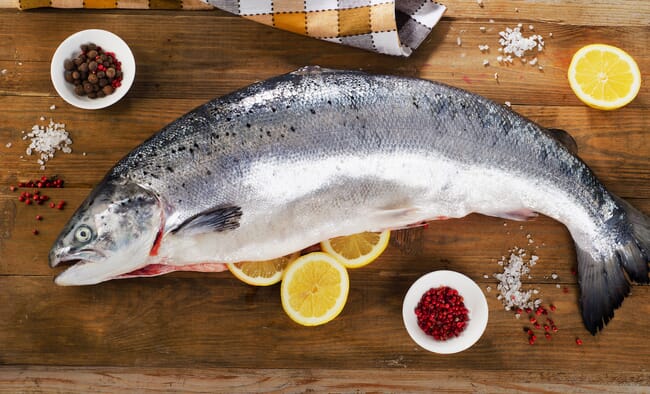
© Shutterstock
The shape of farmed fish, particularly with high-value species such as Atlantic salmon, is an important factor in consumer perception and market value, as consumers often show preference for farmed fish which resemble their wild counterparts.
"Body shape serves as a quality indicator, as seen in several European-based salmon breeding plans that incorporate body shape as a desired trait for selection. Understanding how diet influences fish body shape is important, as it can impact both the consumer experience and the economic value of farmed fish," said Jorge Chollet-Villalpando, lead author of the study, in a press release.
The study, conducted as part of the F3 - Future of Fish Feed trial, analysed Atlantic salmon fed control, plant protein, and animal protein-based diets. Using 2D body landmark data, researchers examined whether diet influenced body shape variation. While some minor differences were observed, particularly near the pectoral and pelvic fins, they were not significant enough to verify dietary origins.
With rising demand for alternative feed ingredients due to fluctuating fishmeal and fish oil availability, these results support the adoption of alternative feed formulations. By integrating alternative proteins without compromising fish morphology, the industry can maintain high-quality seafood production to meet the growing global demand.
Following on from these results, the researchers suggest further investigation involving greater sample sizes and extended trial durations to give greater insight into the morphological impacts of alternative feed ingredients.




